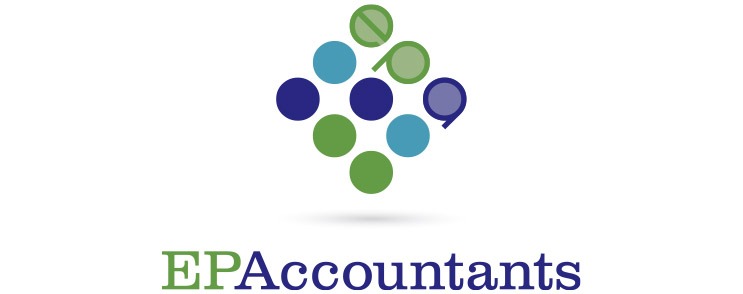The maximum amount that can be invested in an ISA in the current (2022-23) tax year is £20,000.
ISA’s are a valuable and flexible relief and should be considered as an option for most investors.
An ISA is a tax-exempt savings account available to UK residents. Whilst the amount invested in an ISA does not benefit from tax relief the income and gains are free from most taxes including Income Tax and Capital Gains Tax. Eligible holdings include cash ISAs, stocks and shares ISAs and innovative finance (including peer-to-peer loans) ISAs.
There is no minimum period for which an ISA must be held, and you can make withdrawals at any time without the loss of tax relief. The £20,000 limit can be used in one account or split across diverse types of ISA’s.
It is also possible for qualifying taxpayers to invest up to £4,000 of the £20,000 ISA limit in a Lifetime ISA. The Lifetime ISA is available to those aged between 18 and 40 to save for a new home or for their retirement. Under the scheme, the government provides a 25% bonus on yearly savings of up to £4,000 and once you start saving before you are 40, you can continue using the scheme until you turn 50. If you are approaching the age limit cut-off it is well worth opening a Lifetime ISA before you turn 40 as you can continue saving until the day before you are 50. The money invested in a Lifetime ISA can be used for other purposes but will be subject to a 25% withdrawal charge.
There are also Junior ISAs available for under 18’s which were introduced to encourage children to save money. The returns from Junior ISAs are also tax-free and are usually locked until the child reaches 18. The annual subscription limit for Junior ISAs is currently £9,000.



